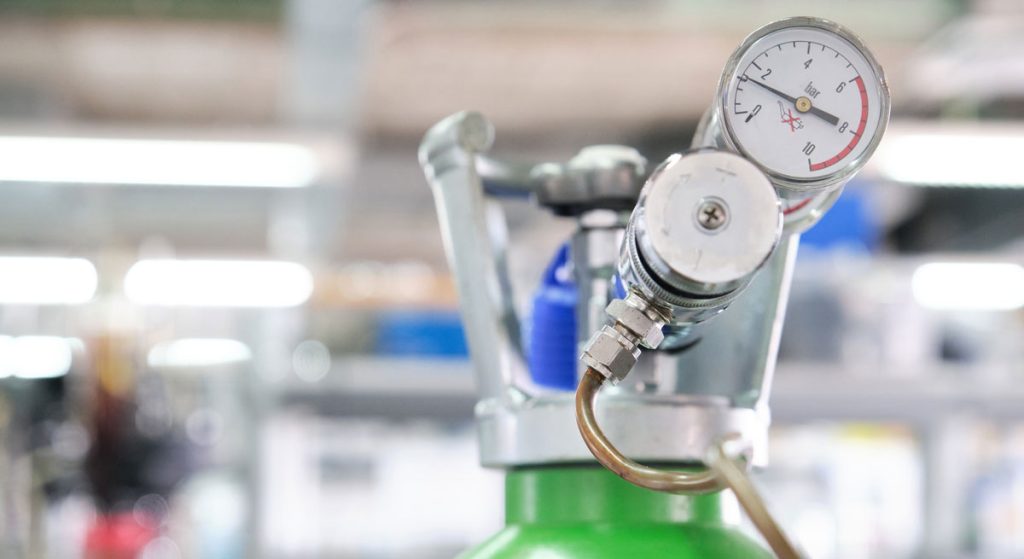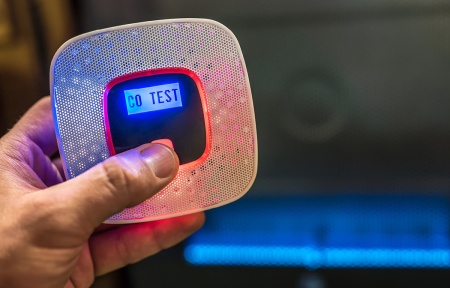CGA C-1, Methods for Pressure Testing Compressed Gas Cylinders, is the most accessed publication in the growing library of 380+ publications the Compressed Gas Association (CGA) offers. It is also the most accessed publication by members of the GAWDA Distributor Safety Program, which offers complimentary access to CGA’s complete electronic library.
C-1 provides an in-depth review of operating and equipment requirements to properly perform pressure testing of compressed gas cylinders. Tests reviewed in this safety standard include the water jacket method, direct expansion method, and proof pressure method.
The C-1 safety standard, now in its 12th edition, is published by the Compressed Gas Association (CGA), referenced by the Canadian Standards Association and National Fire Protection Association, and is incorporated by reference by the United States Department of Transportation and Transport Canada.
Overview
Pressure testing is an essential part of the activities of the industrial gases industry to demonstrate the integrity of cylinders. Pressure testing of compressed gas cylinders is required for many newly manufactured cylinders and also offers an accepted test method for the requalification of cylinders.
The referenced edition of CGA C-1, as specified by the U.S. Department of Transportation (DOT) in Title 49 of the U.S. Code of Federal Regulations (49 CFR), in Canada by Transport Canada (TC) in CSA B339, Cylinders, spheres, and tubes for the transportation of dangerous goods, and CSA B341, UN pressure receptacles and multiple-element gas containers for the transport of dangerous goods as referenced by the Transportation of Dangerous Goods Regulations, or the authority having jurisdiction, shall be available at each facility conducting pressure testing/requalification.
Water Jacket Method
The most common approach used for testing high pressure cylinders in the compressed gas industry in the U.S. and Canada, the water jacket method provides an acceptable hydrostatic test method when volumetric expansion determinations are required.
This method consists of enclosing a cylinder filled with liquid into a test jacket filled with water. Internal pressure is then applied to the cylinder, causing the cylinder to expand. The total and permanent volumetric expansions of the cylinder are determined by measuring the amount of water displaced by the expansion of the cylinder when under pressure and after the pressure is released.
The elastic expansion is calculated by subtracting the permanent expansion from the total expansion. In accordance with DOT regulations, the water jacket method is the only hydrostatic testing method that qualifies a cylinder for filling to 10% in excess of the marked service pressure.
Information on how to determine whether a cylinder qualifies to be filled to a pressure 10% in excess of its stamped service pressure can be found in 49 CFR or CSA B339, as appropriate.
Direct Expansion Method
When volumetric expansion determinations are required, the direct expansion method is an acceptable hydrostatic test method. However, its use has practical limitations.
This method of testing cylinders determines the total and permanent expansion of a cylinder by measuring the amount of liquid required to be forced into a cylinder in order to reach test pressure, then measuring the amount of liquid expelled from the cylinder when the pressure is released.
The difference in these two values represents the permanent expansion of the cylinder. The total expansion of the cylinder is then calculated by subtracting the compressibility of the total volume of liquid under pressure from the measured amount of liquid forced into the cylinder to achieve test pressure.
Although, like the water jacket method, this procedure measures elastic expansion, DOT regulations do not permit the use of the direct expansion method to qualify a cylinder for filling to 10% in excess of the marked service pressure.
Proof Pressure Method
The proof pressure method is permitted when regulations do not require the determination of total and permanent expansion.
This approach consists of pressurizing a cylinder to test pressure and examining it under pressure for leaks, bulges, and any visible defects. The pump from either a water jacket test apparatus or a direct expansion test apparatus may be used to perform the proof pressure test.
Additionally, sections of 49 CFR and CSA B339 permit certain cylinders to be requalified by this method when the cylinder is used in noncorrosive service.
Where to Find Additional Details
The full Table of Contents can be downloaded for free from the CGA C-1 publication details page on the CGA portal.







